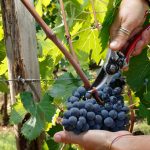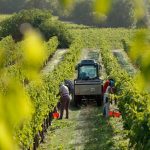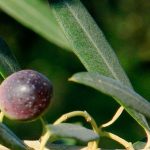There is no wine without fermentation!
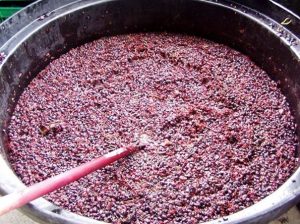 The transformation of must into wine has for centuries been regarded as a divine gift. Only in the 19th century, thanks to Pasteur, was fermentation discovered to be the result of yeast activity.
The transformation of must into wine has for centuries been regarded as a divine gift. Only in the 19th century, thanks to Pasteur, was fermentation discovered to be the result of yeast activity.
Yeast is unicellular microorganism present in nature. Good fermentation is when the yeast contributes to the quality of a wine. During the fermentation phase, in fact, the organoleptic characteristics of a specific wine (such as flavor, color and scent) emerge while emphasizing the quality of the grapes. A great quality can then grow and develop throughout the following fermentation steps. Let’s take a look at how fermentation occurs, step by step…
From must to the wine
After the harvest, the grapes are pressed to obtain the so-called must, a concentrate of liquid present in the pulp of the grapes, including the skins. The liquid then begins a chemical process, defined as alcoholic fermentation, which, starting from a simple grape juice, will transform it into a real wine. The yeasts present on the skins and the scallops (apiculate yeast) and the yeasts added to the must (elliptic yeasts) use oxygen present in the ‘must’ and produce the transformation of sugars into carbon dioxide (the yeasts are doing aerobic breathing). Once the oxygen has run out, the yeasts will do an anaerobic breathing, using energy from the sugars to transform the same sugar into carbon dioxide and ethyl alcohol, as well as glycerin, acetic acid and other minor products:
Sugars = Ethyl alcohol + Carbon dioxide + Thermal energy
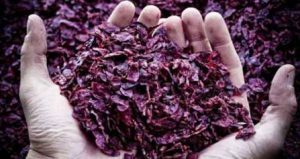 The first fermentation phase (which lasts about 7 to 10 days) is called tumultuous, because the carbon dioxide that forms lifts the must to the top of the tank. The next step is called slow fermentation (it can last from one to three months and takes place in the absence of oxygen) and is defined as the true fermentation phase. Thanks to this process the must is turned into wine.
The first fermentation phase (which lasts about 7 to 10 days) is called tumultuous, because the carbon dioxide that forms lifts the must to the top of the tank. The next step is called slow fermentation (it can last from one to three months and takes place in the absence of oxygen) and is defined as the true fermentation phase. Thanks to this process the must is turned into wine.
The amount of time implemented during the fermentation process can be extremely variable and depends on several factors that affect the characteristics of the fermented grapes: such as the external temperature and the sugar content/percentage of grapes. In warmer Vintages, such as this millennium 2017, wines are often more structured and velvety. The grapes harvested are riper and therefore, they are richer with sugars and the fermentation process leads to a higher glycerol production and hence higher alcoholic gradations. The fermentation of red wines is complemented by the maceration of the skins, an essential operation that allows the extraction of the color. It is precisely the extraction of color and polyphenolic substances that is one of the primary objectives of the alcoholic fermentation of red wines.
What happens in our Cellars during fermentation?
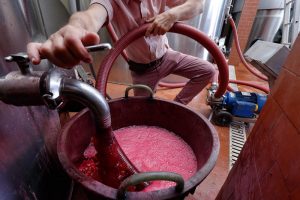 All work taking place in the cellar tends to control the whole fermentation process, by carefully not disturbing the nature of the grape berry and to help it express the best of its organoleptic characteristics. Few and simple steps must be taken:
All work taking place in the cellar tends to control the whole fermentation process, by carefully not disturbing the nature of the grape berry and to help it express the best of its organoleptic characteristics. Few and simple steps must be taken:
1) controlling the process temperature in order to avoid damaging thermal excursions
2) using selected yeasts
3) providing proper ‘must’ oxygenation (pumpover and punchdown operations) – this facilitates and intensifies the action of the yeast.
When alcoholic fermentation is complete, the skins will be separated from the must by using the racking system. Then the skins will then be pressed gently/softly to extract the last liquid content. They will then be sent to the distillery to be distilled into Grappa.
Through refinement in stainless steel containers and wooden barrels, the wine begins its maturation phase as it stabilizes and evolves to obtain full taste-olfactory balance.
Alcoholic fermentation makes wine, but how it is completed is also crucial in order to create aromatic and tasteful wines. It is no coincidence that “the primary aromas may be hidden in the grape, but it’s the fermentation phase that reveals them”.





